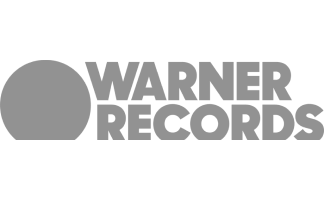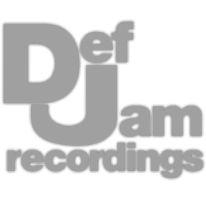How to Mix Piano Pt. 2

In our previous post, we covered EQ and compression tips for mixing acoustic piano–one of the trickier instruments to work with in the mixing process. In this post we’ll continue our mixing tips by talking about reverb and panning.
Reverb
When adding reverb to your acoustic piano track, you’ll want to be mindful of muddiness. It’s easy to want to add a lot of reverb to your mix to end up with a big sound, but if you’re recording has a lot of fast notes or is bass heavy, you may want to use minimal reverb in order to maintain clarity.
In an ideal setting, you would be recording piano in a well-treated room with natural reverb. You can often set up an overhead mic further away from the piano strings to capture some of that natural reverb. Then in the mixing process you can mix in your reverb mic to the desired level.
Panning
The physical linear interface of the acoustic piano is by nature a stereo instrument, with the higher pitched notes favoring the right channel and the lower bass notes favoring the left. Many producers like to at least somewhat preserve this natural image when mixing piano.
If you’re mixing a stereo recording of piano and there are other instruments in the mix, it’s probably best to mix the left channel hard left and the right channel hard right. This leaves room in the middle for more important instruments like vocals. A warning though, it may make your reverb stand out, so consider revisiting your reverb level.
If you’re using piano as a primary instrument, say with just vocals and bass, then you may want to try panning the two stereo channels 10% right and left, to maintain a more central sound.
Piano is one of the most rich and varied instruments to record. It can embody a seemingly unlimited range of tones and aesthetics. When a piano is recorded and mixed well, it has the power to emotionally move listeners like few other instruments have the ability to.
By sticking to these tips for mixing piano, you can better your chances of making an excellent and moving piano mix for any context.




